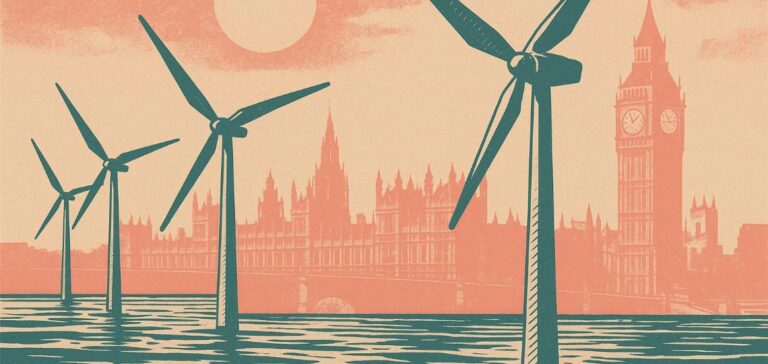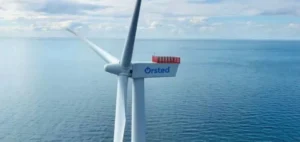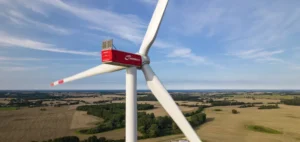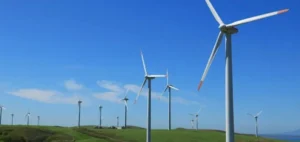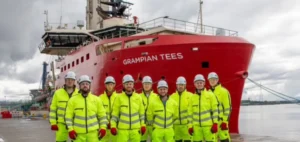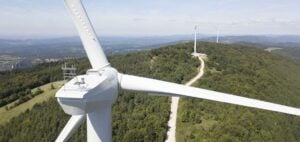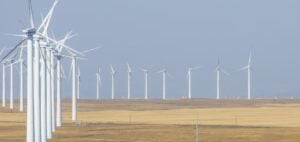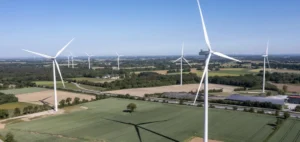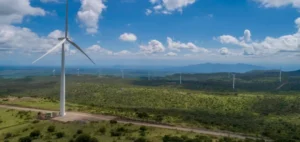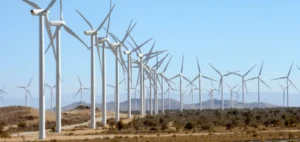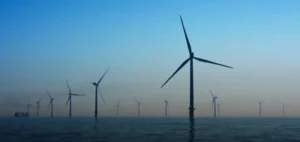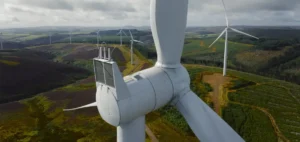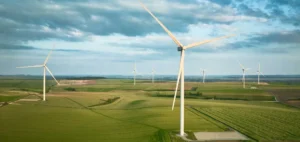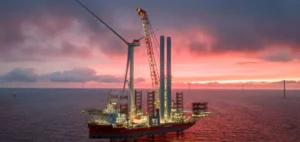The Crown Estate, the public body responsible for managing the UK’s seabed, has announced the implementation of its Capacity Increase Programme targeting seven existing offshore wind farms located around England and Wales. The programme involves regulatory amendments to existing seabed rights in order to boost the generation capacity of these sites by up to 4.7 gigawatts of additional electricity.
The projects concerned – Awel y Môr, Dudgeon Extension, Sheringham Shoal Extension, North Falls, Five Estuaries, Rampion 2 and Dogger Bank D – all benefit from pre-existing connections to the national grid. They were originally approved under Round 3 Offshore Wind Leasing or the 2017 extension programme launched by The Crown Estate to optimise the output of existing sites without initiating new developments in undisturbed zones.
Regulatory framework and environmental assessment
The programme underwent a strategic environmental impact assessment known as the Habitats Regulations Assessment, which evaluated its effects on protected habitats. The assessment concluded that a derogation was necessary, accompanied by compensatory measures to mitigate the impact on affected marine ecosystems. The Secretary of State for Energy and Net Zero approved this approach, allowing The Crown Estate to proceed to the operational phase.
Under the conditions of this derogation, The Crown Estate will be required to implement specific ecological compensation actions, although financial and logistical details of these measures have not been made public. The programme aligns with the UK’s broader regulatory objectives, including the goal of reaching 50GW of offshore wind capacity by 2030.
Legislative reform and institutional implications
This extension forms part of a structural reform process at The Crown Estate, made possible by the recent adoption of the Crown Estate Act 2025. This legislation revises the organisation’s legal framework, granting new borrowing and investment powers to finance long-term projects more flexibly. These changes aim to strengthen the body’s contribution to national energy security and the modernisation of the power mix.
Gus Jaspert, Managing Director, Marine at The Crown Estate, stated: “Offshore wind is a driver of economic growth and our role is to ensure development aligns with the public interest.”
Regulatory stability and sector outlook
By focusing on already approved, partially operational, and connected sites, the programme reduces the risk of administrative or legal opposition commonly faced by new offshore projects. This approach also shortens implementation timelines while remaining compliant with environmental regulations.
The Crown Estate plans to use its Marine Delivery Routemap to guide deployment priorities and minimise potential user conflicts. The effective rollout of the programme will depend on strict adherence to the regulatory conditions agreed with authorities.


